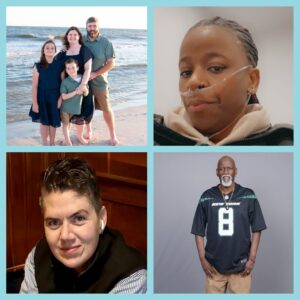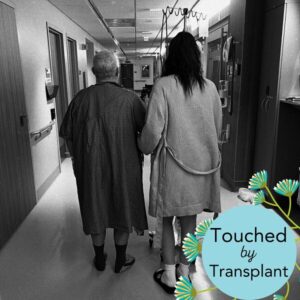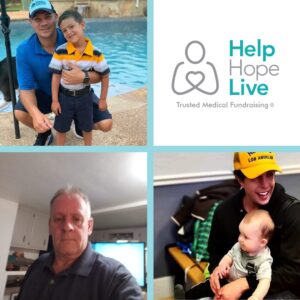We asked Holly Bosse, mom of 23-year-old client Collin Bosse, to tell us about her experiences and what she’s learned during the first eight months following Collin’s life-changing spinal cord injury earlier this year.

April 8, 2023, was simply the worst day of my life.
When Collin first sustained his spinal cord injury, I was just numb. In those early days, I went from screaming, “Why us?” to crying about the loss of his life as we knew it to anger, resentment, and jealousy over all the people out in the world who get to walk around without a fraction of this kind of burden or self-awareness.
There is a sense of grieving the loss of your son, even though he thankfully didn’t die. But all the hopes, dreams, and plans for the future that you invest in as a parent die.
Over the past six months, we have developed a rhythm—but every day is still a moment-to-moment experience.

There is lingering trauma from the event for me, like when I hear ambulances, and an ongoing sense of shock. We’ve had to navigate the ups and downs of learning about all that is entailed with an SCI and its afterlife.
I’ve tried to quiet all the intense emotions I initially felt.
A slower pace of life tinged with a constant underlying fear is our new reality. The fact of the matter is that I can’t change what happened. What I can change is how I let myself react to it now.
I’m slowly allowing myself back some of the normal, everyday things—like putting on makeup, caring about what I wear each day, exercising, and eating sweet treats.
It sounds weird, but those were things I saw as something I didn’t deserve.
I am seeing a counselor weekly to work through some of these issues of guilt. As I keep finding my way forward, I’ve even run a half-marathon in Collin’s honor.

Everyone in our family is pretty matter of fact, and we all have a good sense of humor. While Collin is now living with paralysis from the chest down with limited arm and hand movement, as a family, we feel blessed that “our Collin” is still with us mentally.
Collin is still the same person he was before the injury—110%.

It is hard for him to be the center of attention, but he has been able to really integrate into the SCI community in San Diego. He is surrounded by love and support, which we think will help him a lot in his recovery.
Collin goes on a Mexico surf trip with his uncle every year, and those men helped us fundraise for critical costs. All our friends and co-workers held fundraisers at a local eatery. Our local city lifeguards dedicated their Running of the Guards to Collin. A local brewery and wine company donated their space so Collin’s friend’s band could play a benefit concert. A friend designed shirts for our daughter to use in a fundraiser sale.
Collin’s SDSU college friends even bought him an Apple Watch to help him communicate when he can’t manage his phone. Those friends and his fraternity have been so supportive and helpful to his reintegration back to his life in San Diego.
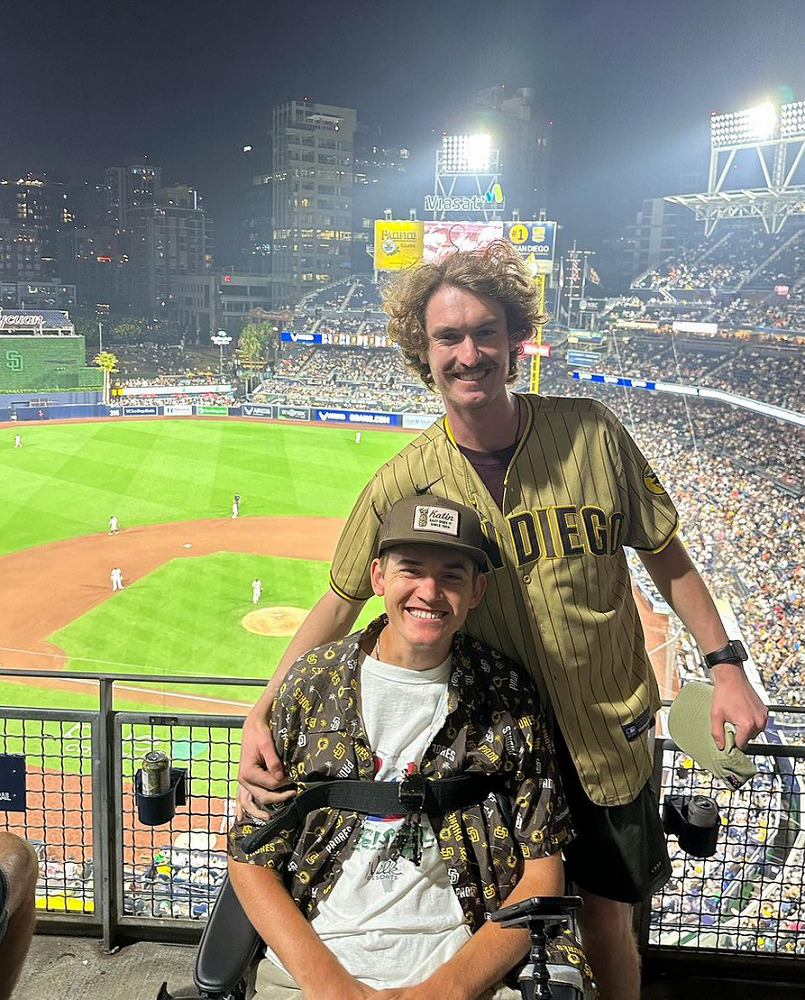
Amid all this support, we are so proud to call Santa Barbara home.
I’m a public-school teacher of 27 years and my husband has worked for the city for that time as well. We know many people in the community, and their support in this time has blown us away. We are honored and thankful.
Many people have donated, planned fundraisers, and covered the story in the news. That support is critical to us today in more ways than one: the financial burden of an SCI is significant.
The cost before insurance for Collin’s 12 days in the ICU and hospital was $750,000.
The jet for his transfer to a rehabilitation facility was $100,000. We haven’t even fully calculated the out-of-pocket cost of his stay at Craig Hospital for ongoing rehab.

And when you get home and want to continue with physical therapy, you realize that so much is out of pocket.
Home care is both hard to find and expensive. Adaptive chairs, bikes, and surfboards could improve his life, but they will cost thousands of dollars each.
Navigating what insurance will cover versus what we need is an ongoing struggle. Here’s just one example. Insurance approved the frame portion of a standing frame—which is a critical piece of equipment that will improve his blood pressure and enhance his health; however, they won’t cover the parts that make the standing frame function.
That leaves $6,000 for us out of pocket to actually secure a working standing frame.
Insurance has repeatedly denied our requests to cover an FES bike, which also has proven benefits to help avoid common post-injury issues and encourage long-term health and mobility—that’s $10,000 out of pocket.
Insurance approved only five physical therapy sessions at a time, which caused us to put his ongoing therapy on hold.
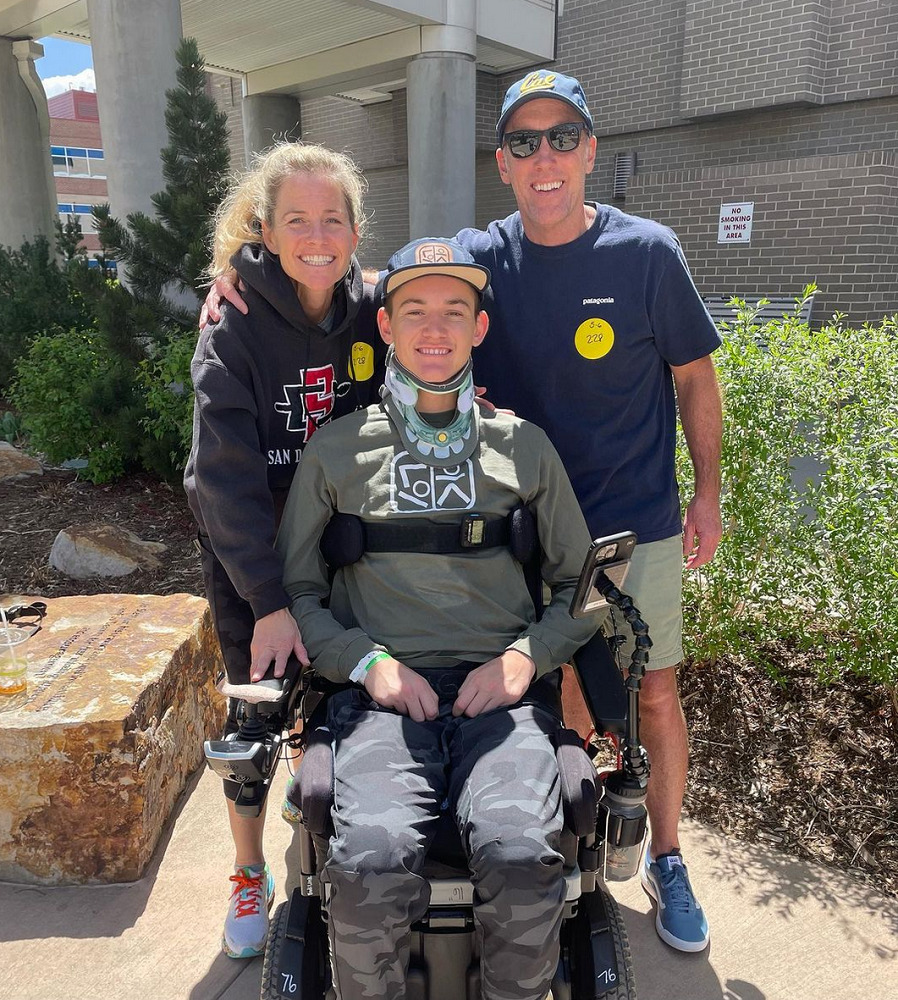
A more aggressive course of physical therapy at a gym is entirely out of pocket at $2,000 every five weeks.
Coming up, our biggest expense will be home help—the support he needs to get up, complete his bowel program, get showered, eat, and get back to bed again at night. We found one company so far that specializes in post-injury care but costs $40 per hour. To find cheaper care, we have to rely on home help without any reliable prior training in Collin’s unique health needs.
Celia Brewer is a friend of my husband’s through work, and her son had an injury years ago and pursued fundraising with Help Hope Live. That’s how we came to the nonprofit ourselves.
We are humble people who don’t like to ask for help—but one thing you learn quickly is to ask and accept help. Collin will need this skill for the rest of his life, so it’s a lesson best learned quickly for all of us.
With fundraising, my advice is don’t be shy.
People often want to help any way they can. Sometimes, donating is the easiest way for them to help—so give them a way to do that.
Post pictures and videos of progress. People really like seeing that.
We’ve had a lot of successful fundraising initiatives, including our t-shirt sales, a concert, and a local percentage-of-sales night at Kyle’s Kitchen. That night was especially memorable because Kyle is a special needs student from my school, so local folks love gathering there and are used to making donations to help others with special needs.
It’s a sad truth that everything becomes more accessible with money. That’s why we are so thankful for the generosity of others as we provide for Collin today.
One of the best things we’ve been able to cover thanks to fundraising is a bed that rotates Collin throughout the night.
Thanks to the bed, I don’t need to wake up every four hours and switch the position of the wedges that help him stay in position while he sleeps. That has been a godsend.
There is so much more to life with paralysis than we ever knew.

It is less about “will Collin walk again” and more about how we’ll manage his bladder issues with his suprapubic catheter and check his skin twice per day for sores. It comes down to the day-to-day moments—like managing whether he can complete his bowel program or if he’ll have to worry about involuntary bowel movements while he’s out in public.
Even finding clothes to wear is a challenge.
Collin didn’t want to wear athletic wear that reminded him of the hospital once he was out of inpatient rehab—he wanted to wear his usual surfer-style clothing. We finally found soft and easy-to-put-on pants from a surf shop with no buttons or zippers on the back pocket: since he’s sitting in a chair all day, even these small features can cause major skin irritation that turns into a bed sore.
After we found those pants, we actually wrote to the surf shop letting them know how well they worked for him. They sent Collin more pants, shorts, t-shirts, and hats! It was a great surprise, and super uplifting.
Independence is our main goal for Collin.
Of course, we’d love to see him walk again—or even relieve himself again—on his own. But we’d also love to see him regain some finger movement to help with his own day-to-day needs like dressing and eating.
We had our whole life planned before this accident happened.
We are now working just to make sure Collin has what he needs to be safe. He works so hard at physical therapy, and in so many ways, all of us run on hope.
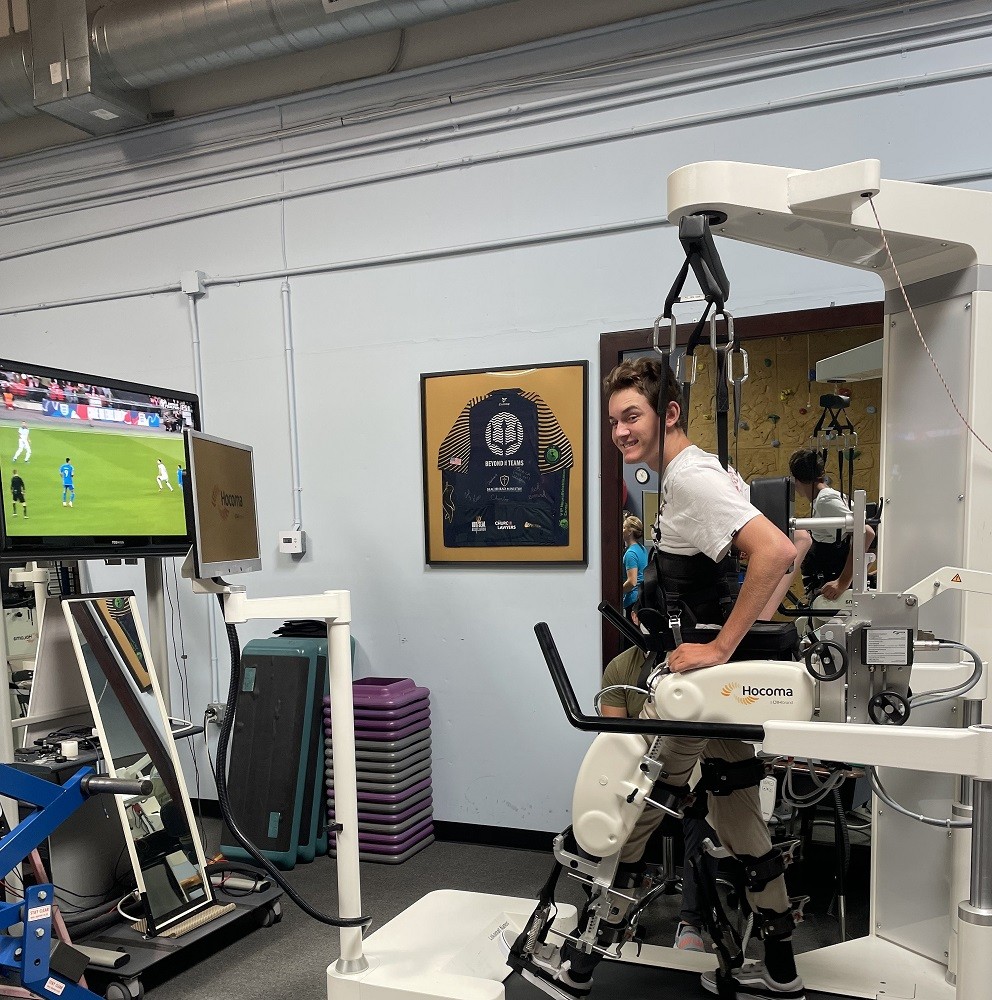
I feel that hope is my main driving force now.
I hope for a cure to reduce his spinal cord swelling. I hope for a winning lottery ticket that would make my worries about affording home care totally go away. I hope that Collin can go on, get a graduate degree, get a good-paying job, fall in love, start a family—all those things that able-bodied guys get a chance to access in their own futures.

Collin has been able to join a Fantasy Football league with his physical therapy trainers and fellow SCI guys from his gym. We’ve been to the beach to support those guys in the US Open Adaptive Surfing Championship. His fraternity brothers come over every Sunday to watch football at our home. Collin is already looking at how he can get back to school and get his MBA.
I think Collin and the other SCI kids we’ve met may be the strongest people on this planet.
Life is hard with an SCI—for everyone in the family. But the men and women we’ve met with SCI are so helpful and welcoming. They truly “see” us.
It is this amazing group of people I never knew existed and never really thought about who have become my everything in this world.
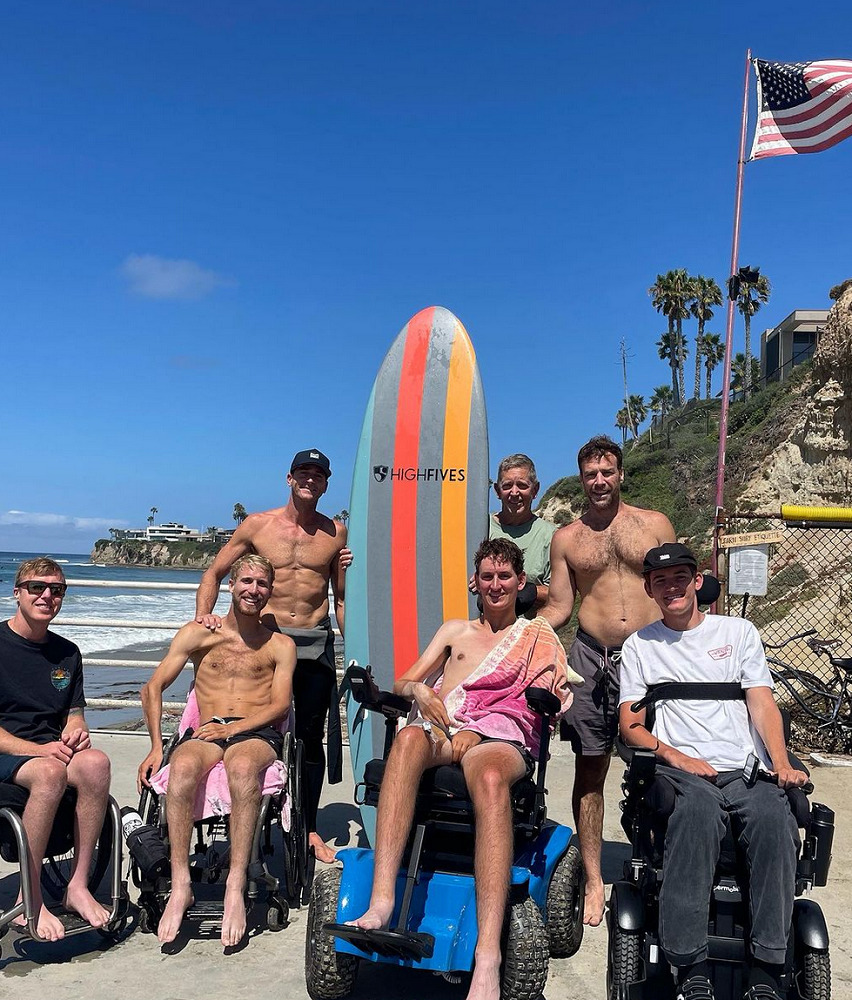
See the latest updates on Collin’s spinal cord injury fundraising campaign at helphopelive.org. Follow Collin and Holly on Instagram: @hbosse805 and @cboosney
Written by Emily Progin